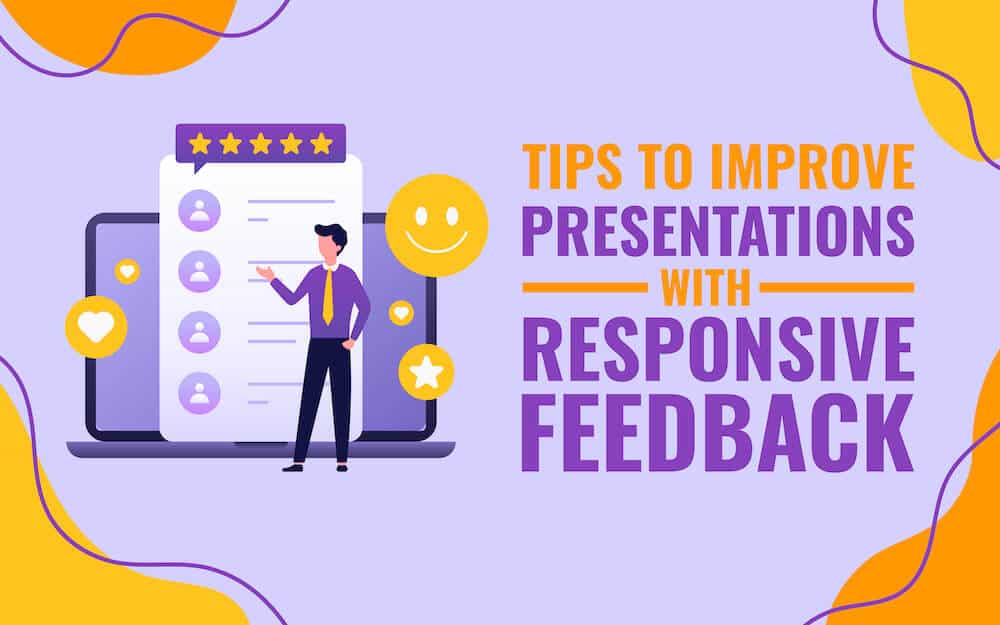
It’s easy to emphasize important points in the written word. For example, if I want you to pay particular attention to something I’m writing I can underline it. I can also bold it, I can italicize it, and I CAN ALL CAP IT. If I want to be audacious, I CAN MAKE MY POINT USING ALL FOUR OPTIONS.
Making points in the spoken word is a bit more challenging. How can you really emphasize a piece of information so your audience will pay attention?
Be Blatant
Let’s start with the obvious tip, which is to be blatant and literally tell your audience that you want them to hear what you’re saying. Using phrases such as “this is important,” “listen closely,” or “…and this is a critical point,” will give your listeners a heads up that they should really focus.
Being blatant and warning your audience you’re about to share something important helps those listeners who have zoned out. And it happens. No matter how prepared you are and how engaging your speech is, you will always have those audience members who, at a certain point, start zoning.
If you want to ensure your audience absolutely gets your overall message, be blatant and say, “if you only take away one thing from this presentation this should be it”.
Repeat Yourself
You’ve heard countless times that repeating yourself is a bad thing. But that’s not necessarily true when it comes to giving memorable presentations. Rather than share an important point and then moving on to the next one, say your point… stop and scan the audience… and then say that same point again.
Whisper
You’ve no doubt heard of reverse psychology; well, this is reverse psychology at its most effective. Often, when presenters want to be heard, they shout, and this shouting actually causes people to tune them out (and in some cases label them as annoying and/or crazy).
The next time you give a presentation and want to make an important point, employ a bit of reverse psychology and speak very softly. Whispering sparks a natural curiosity in the listener. When you suddenly speak in a quieter voice, they sit forward and work hard to hear you because they want to be “let in on the secret.”
Slow Your Pace
You should speak slower than normal anyway throughout your entire presentation. Speaking at your natural clip, as you do in a conversation with a friend or coworker, is generally too fast for a presentation in front of an audience.
That said, when you get to an important point in your speech, slow your pace even more. This will signal to your audience that what you’re saying is important and you want to be sure they hear it.
This is what parents naturally do when they are making a point with their kids, “If you don’t clean up this mess…you…will…not…go…to…the…concert…period.”
Engage Your Audience with Eye Contact
Throughout your presentation your eyes are very active. You often look at your slides or your PowerPoint presentation, and you may look down at the podium if you have flashcards.
One very powerful way to get a point across is to stand in front of the crowd and make intense eye contact with them while making your point. Don’t just scan the crowd, let your eyes land on one person, then let them land on another, and another, until your point has been made.
Eye contact gets peoples’ attention every time.
Assume the Power Stance
Just as stilling your eyes can impact your audience, so can stilling your body. You will definitely want to use the entire stage throughout your presentation. Standing in one spot the entire time is, well, dull, and a good way to put your audience to sleep.
Having said that, when it comes to making an important point, do not move around while sharing it. Instead, stop in the center of the stage (if there’s a podium then in front of the podium) and face the crowd. Stand strong with your legs shoulder-width apart in the power stance and present your information. This is another powerful way to get people’s attention and signal that they should really pay attention.
Make Your Point the Moral of a Story
We’ve discussed numerous times on this blog how effective storytelling is for presentations. Human beings are hardwired to listen to stories, and because of this, stories are a great way to share your message with others.
Every story you tell should have a point and that point should be the moral of the story. Your audience has stayed with you the whole time and when they sense you are coming to the end of the story, they will pay particular attention so they can understand the moral, or the point. Make sure to save your biggest takeaway as this final ending to your story.
It’s important to note that these tips are effective on their own, and they can also be used in combination. For instance, you could make a point, stop, take the power stance, and repeat your point. Start experimenting with these tips so you can learn what works best for you.




I’d say Number 8 would be “The 30 second rule”. Your message needs to change this often in content and delivery style to maintain audience attention. For the bigger picture on this, “How to get your point across in 30 seconds or less”, author Milo Frank, now out of print but I’m sure available through Amazon.